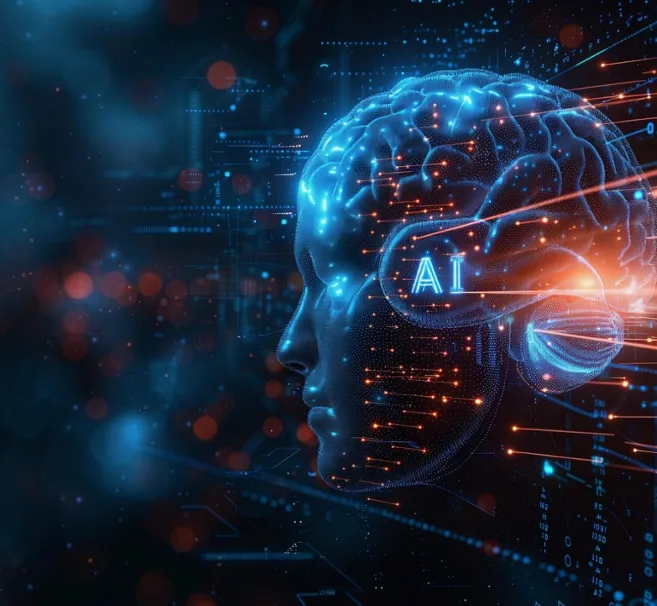For decades, educators have talked about tailoring instruction to every student, but in practice, personalization was more of an aspiration than a reality. Teachers poured endless hours into differentiated lesson planning, yet performance gaps continued to grow. The pandemic only magnified these disparities: in many classrooms, students were spread across multiple grade levels of proficiency, making it nearly impossible for one teacher to meet everyone’s needs.
That reality is changing. Artificial intelligence has shifted personalization from a buzzword to a functional model. Instead of grouping students into broad categories of “advanced” or “struggling,” technology now enables real-time pathways designed for each learner.
Why AI-Driven Personalization Matters
- Learning outcomes are accelerating at scale.
Research on adaptive platforms shows academic gains comparable to one-on-one tutoring, but this time delivered across thousands of students at once. Recent trials in math instruction demonstrate months of additional progress in a single semester, significantly narrowing long-standing achievement gaps. - Teachers gain back valuable time.
Automated tools are drafting assessments, simplifying readings, and creating rubrics. In districts where these systems are in place, educators report reclaiming several hours each week—time redirected toward direct student interaction, mentoring, and deeper instruction. Rather than replacing teachers, AI is eliminating the repetitive tasks that take them away from actual teaching. - Evidence is emerging worldwide.
- In Australia, curriculum-linked platforms allow students to request custom explanations while providing teachers with instant insights on misconceptions.
- In India, nationwide distribution of AI licenses has led to measurable proficiency gains, supported by training programs focused on safe and equitable use.
- New ventures are using AI to design lessons, evaluate mastery, and streamline grading, presenting the technology not as a substitute for educators but as an amplifier of their impact.
- Personalization advances educational equity.
When advanced tools are accessible only to privileged students, they become a luxury. Recent policy changes have made adaptive platforms affordable for underfunded districts, bringing individualized learning to students who historically lacked such opportunities. What once widened inequities is now helping close them.
Looking Ahead: What to Expect by 2026
- AI-generated learning plans will become the norm. Drafts will be created by machines and fine-tuned by educators, dramatically reducing preparation time.
- Learning platforms will integrate built-in AI coaches. Personalized feedback will be standard, reshaping how students receive guidance on their work.
- Assessment models will shift. States are beginning to test mastery-based growth measures that focus on individual progress instead of grade-level benchmarks.
- Teacher preparation will include AI training. Future educators will be expected to understand prompt design, bias detection, and ethical use.
- Privacy safeguards will evolve. Families will receive clear, regular updates on how student data is used and protected, replacing lengthy consent forms with transparent reporting.
Guardrails That Must Be in Place
The benefits of personalization can only be realized if safety remains central. Systems must be designed to detect crises, route sensitive issues to human professionals, and undergo rigorous testing before use with children. Just as society regulates medicine, education technology must meet standards that protect vulnerable learners. Finally, students themselves need guidance on using AI responsibly—fact-checking outputs, questioning results, and knowing when to seek help.
Final Reflection
For years, educators tried to achieve personalization with blunt tools, often at great cost to their time and energy. With AI, the possibility of giving every child a tailored learning path is finally within reach. The challenge now is not whether personalization can be done, but whether it will be done thoughtfully, ethically, and equitably. If used wisely, AI can free teachers to do what they do best—teach, guide, and inspire—while ensuring every student receives the education they deserve.







